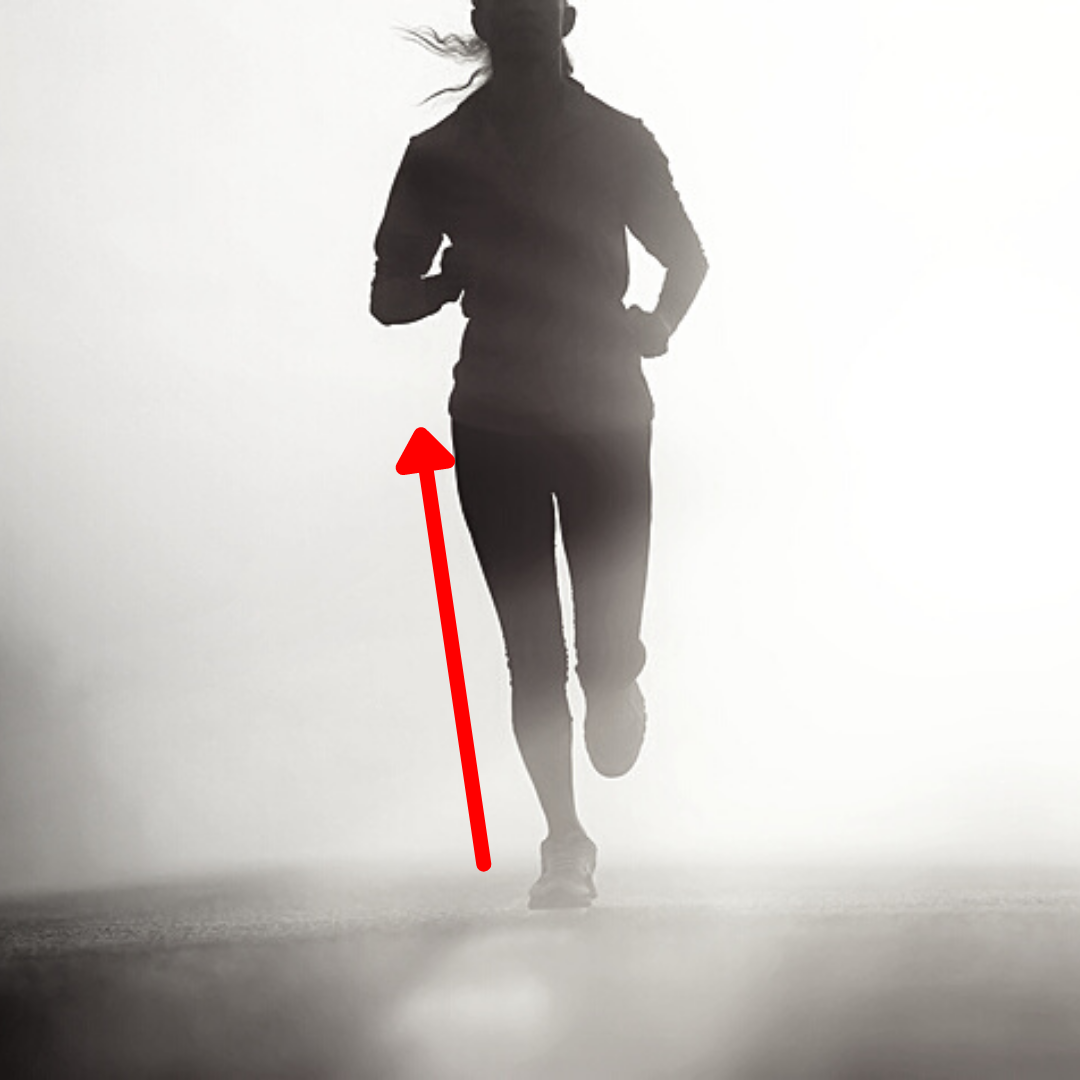What Causes Arthritis In The Knee? A Strength Perspective
Osteoarthritis is a degenerative form of arthritis caused by too much impact on the knees over too long a period of time. This repetitive impact causes a wearing down of cartilage in the knee and leads to the arthritis. If left untreated, it can limit your ability to keep active and lead to a knee replacement surgery.Understanding the causes of knee arthritis will help you find ways to prevent your arthritis from getting worse. In addition, treating the cause will help you avoid injections or an expensive knee replacement surgery. In this article I will discuss how movement and strength contribute to the causes of arthritis in the knee.
What Causes Arthritis In The Knee?
Knee arthritis is caused by too much wear and tear on the knee joint. Therefore, the best way to treat knee arthritis is by limiting the impact that goes through the joint. Pills, supplments and other common arthritis treatments all provide temporary pain relief. However, you can expect your arthritis to get worsen if you immediately go back to hammering out joints
The only way to limit impact on the knee is through better movement and increased strength. Below I look at what causes arthritis in the knee from a movement and strength perspective to help improve patient outcomes.
Weakness In Glutes
The amount of force that goes through the knee is directly controlled by the strength of your hips (the glute complex). For instance, weakness in your glute med can cause your thighs to rotate inward and knees to cave in. This is known as knee valgus. This leads to more impact being places on the outside of your knee. See picture below.
The direct relationship between hip strength and the knee means building glute strength should be part of every plan to treat knee arthritis. The glute bridge is a safe an effective place to start building strength without stressing your knees
Glute weakness leads to knee valgus which places more load on the outside of your knee (picture on left) leading to knee arthritis.
Lack of Mobility
Similarly, the impact that goes through our knee is heavily influenced by the mobility/flexibility of the joints above and below. A common example is how limitations in ankle/foot mobility leads to more impact on your knees. Stiff ankles are less able to absorb ground reactive forces. This causes more force being transferred up to the knees. In conclusion, the more miles you put on tight ankles, the more impact goes to the knee, the more arthritis you'll experience.
Finding ways to improve mobility of the ankle and hips is important to treating the causes of knee arthritis.
Stiff ankles can’t absorb impact from ground, sending more impact to your knees.
Side To Side Imbalances
Just like our hands, most people have a 'dominant' leg which leads to muscle imbalances. While not a huge deal, these imbalances can be exagerated over the course of your life. Certain activities or previous injuries can cause you to favor one leg. If not corrected these imbalances lead to one leg taking on more impact than the other and increasing the risk of knee arthritis.
Unilateral exercises help correct these side to side imbalances and need to be included in your plan to treat knee arthritis. Step ups (part of our lunging series) are a great way to build single leg strength without stressing your knees.
Poor Movement Patterning
Movement patterns, or how we move, play a huge role in causing arthritis in the knee. How we lift, how we sit and stand, how we walk can determine how much impact goes through our knee. While seemingly simple, as we get older we lose this coordination. And even small changes can play a big role in the development of knee arthritis
For example, small changes to our squat pattern can completely change how much impact goes through the knee when sitting, standing, or exercising. The more repetitions, the more impact, the more arthritis you'll experience. Learning how to properly squat limits impact on your joints as you move through your day. In addition, squat progressions help build even more glute strength to further protect your joints.
Unlocking at your knees (left) vs. unlocking at your hips (right) with the squat mvoement.
In conclusion, improving movement and building strength are THE BEST thing you can do to treat the causes of arthritis in the knee. To help you get started I've put together the exact problem I've used to helps 100's of adults in my clinic. Claim your free copy by downloading my guide, ‘Solving Pain With Strength’.





